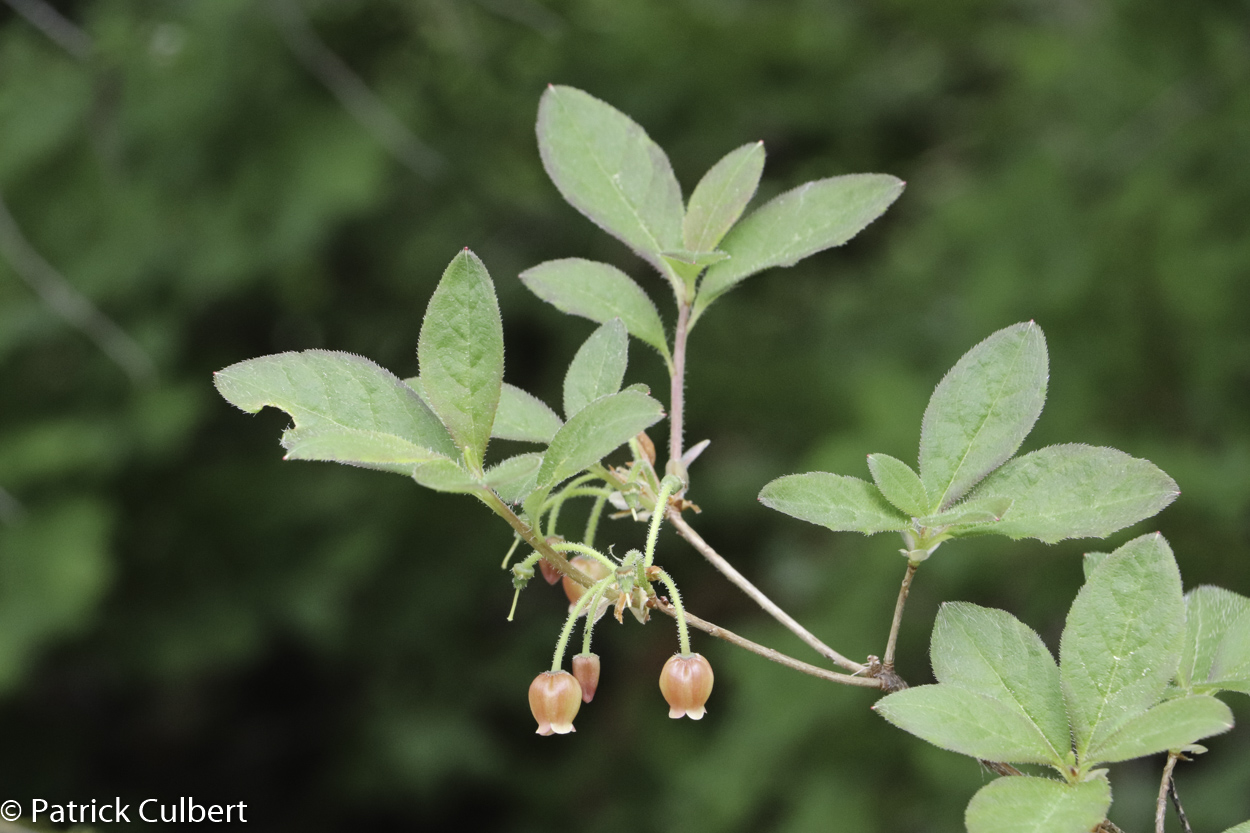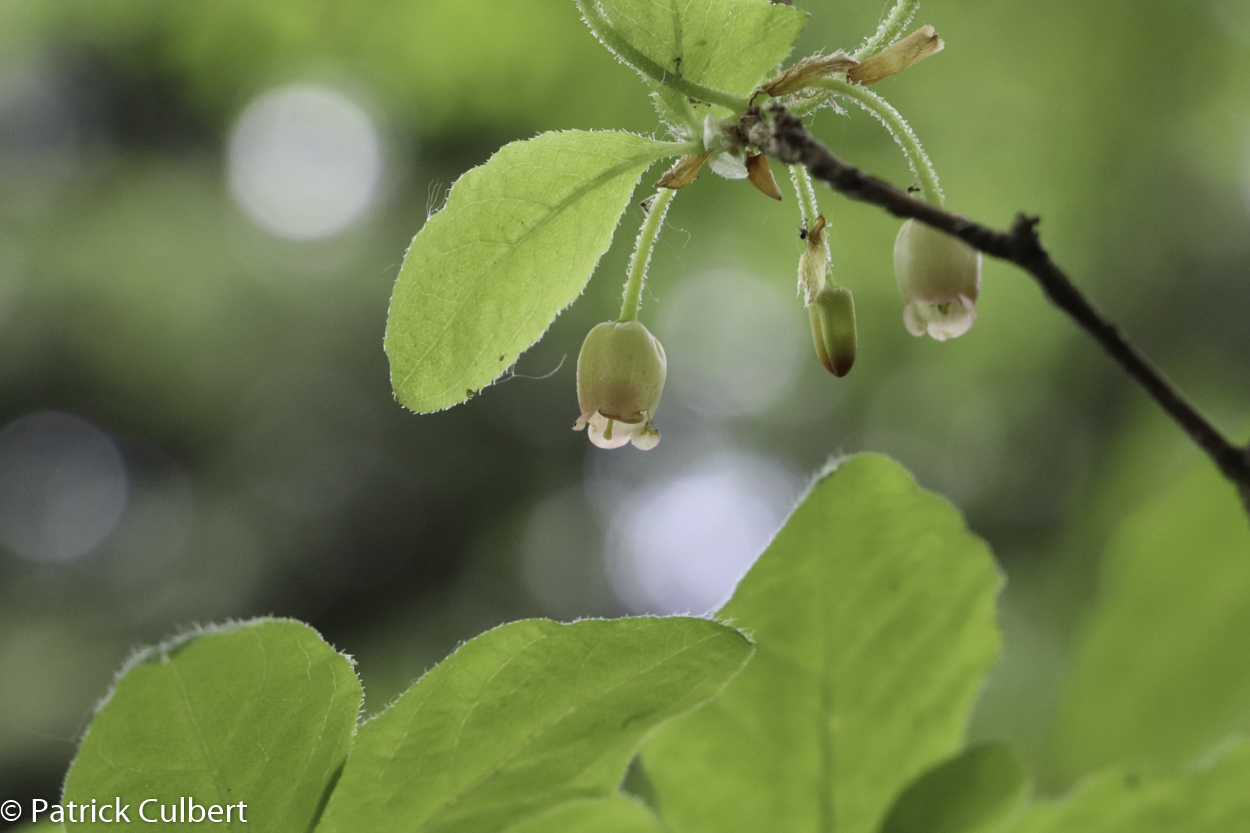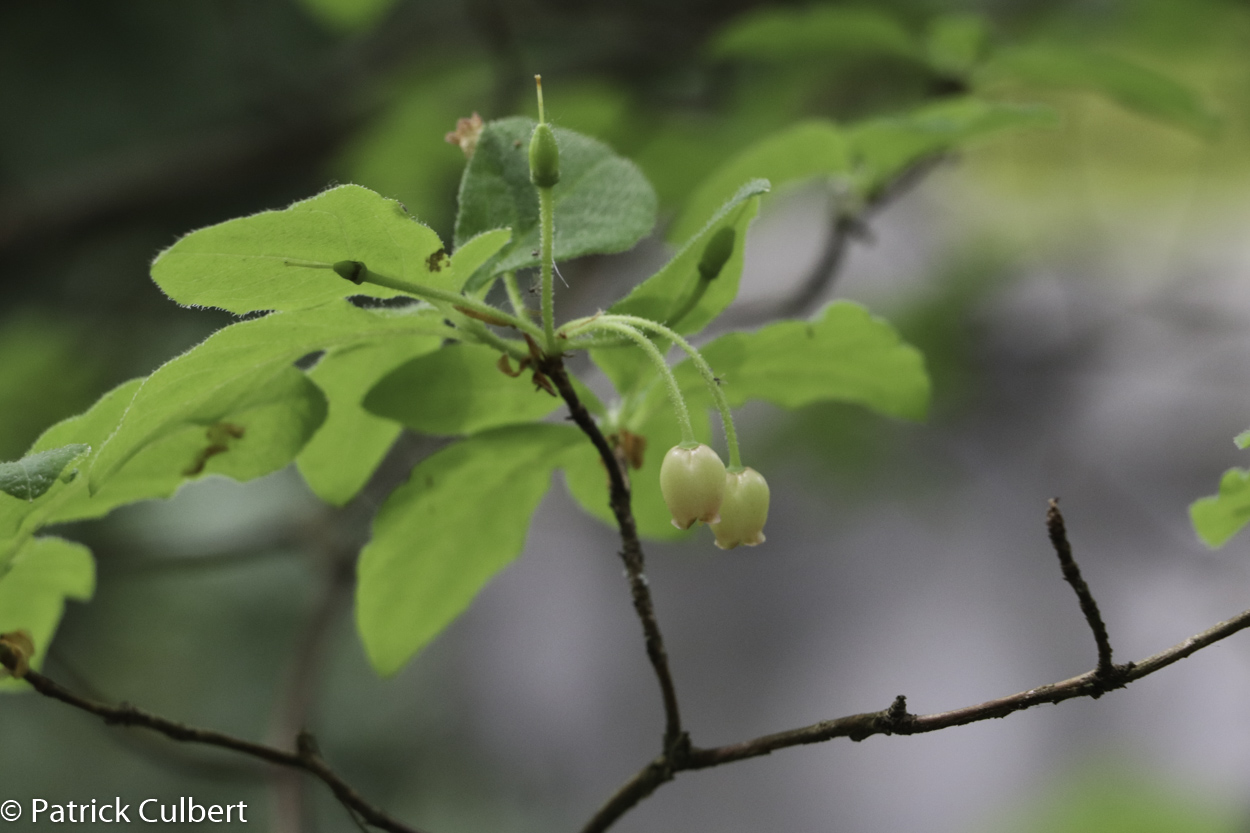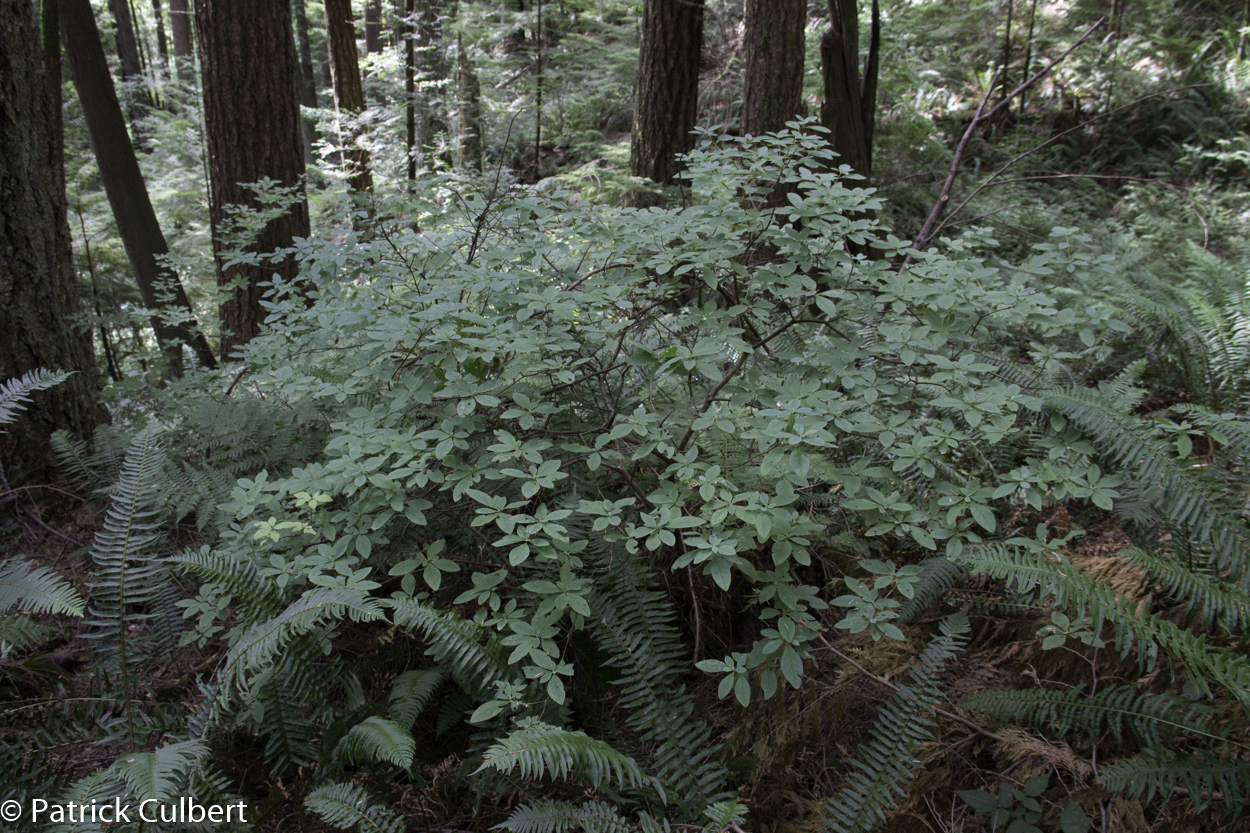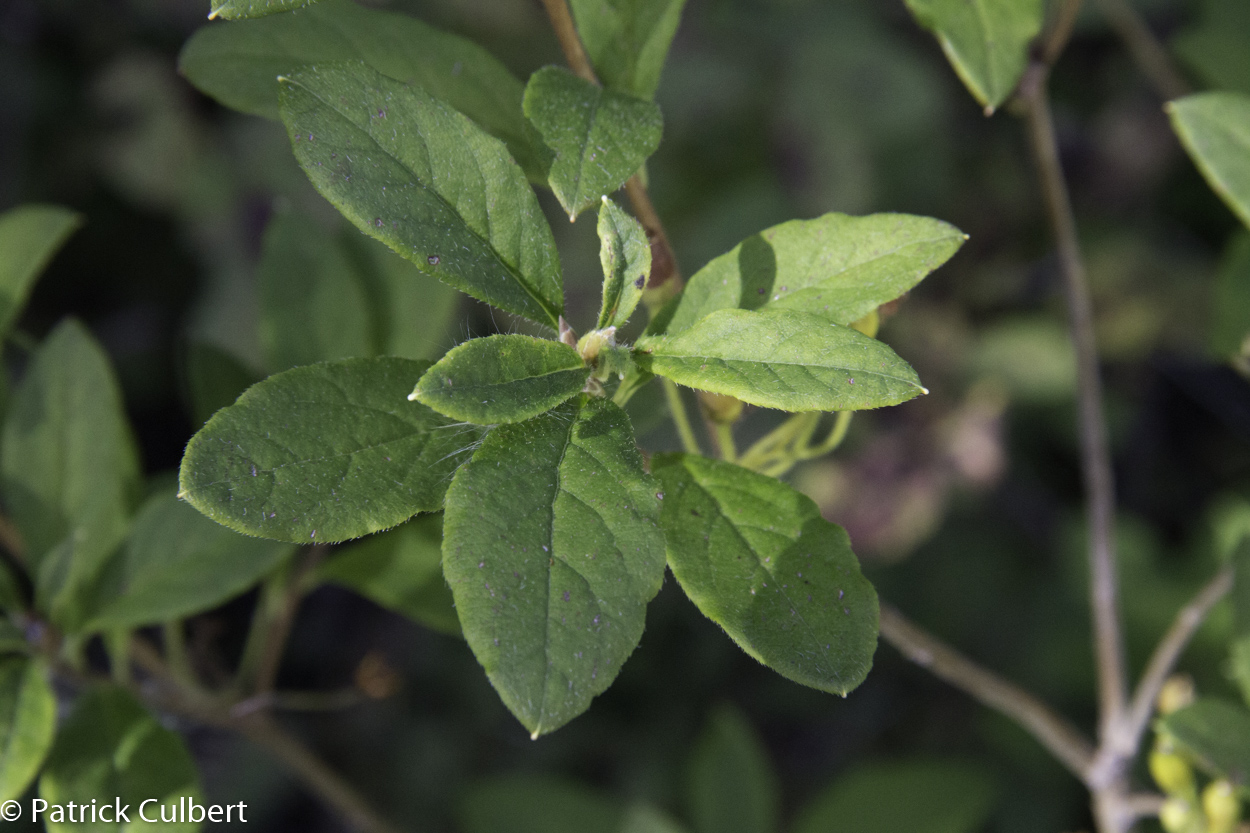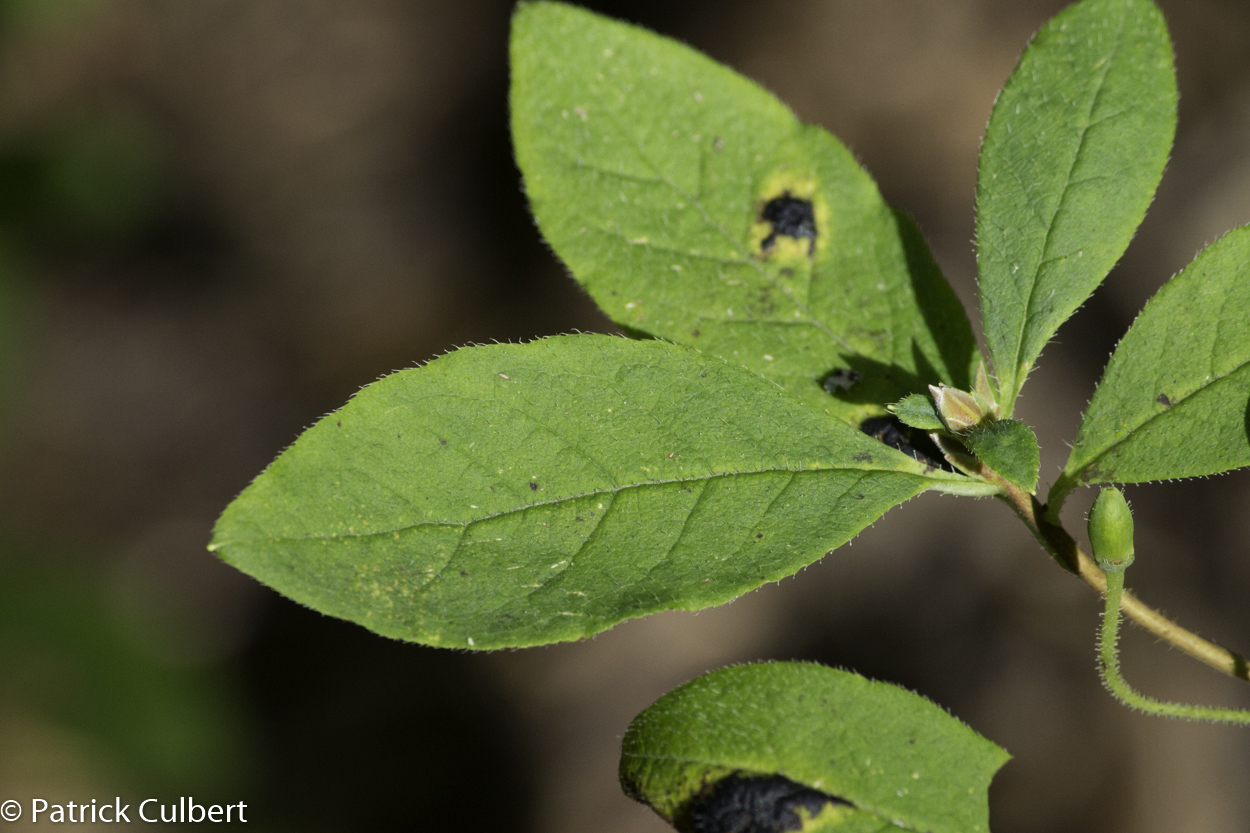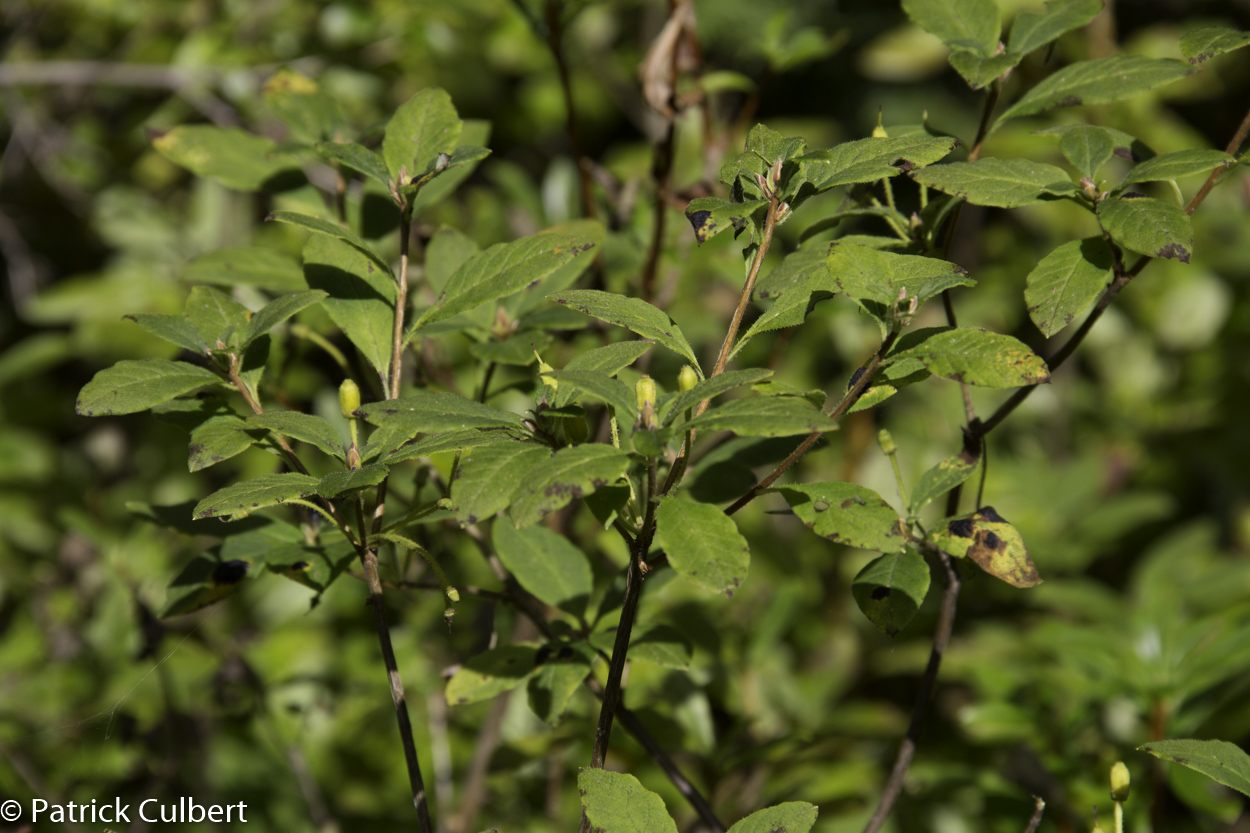Rhododendron menziesii – false azalea
Common Name
false azalea
Alternate Common Names
- fool’s huckleberry;
- rusty menziesia
Family
Ericaceae
Scientific Name
Rhododendron menziesii
Alternate Scientific Name
- Menziesia ferruginea
Soil Moisture Regime (SMR)
- Moderately Dry (MD)
- Medium (M)
Soil Nutrient Regime (SNR)
- Poor (P)
Video link
General / Habitat
- Erect shrub
- Occurring in shady to open coniferous woods and streambanks.
- Sea level to subalpine habitat in Northern BC
- Only in montane to subalpine forest from Vancouver Island south
Key Identifying Characteristics
- Form: Up to 3 m tall, young twigs and leaves are sticky to the touch and covered in glandular hairs
- Leaves: Alternate, deciduous, in whorl-like clusters along branches, dull yellowish- or bluish-green colour, 3-5 cm long, emit skunky odour when crushed, end of midvein protrudes at tip of leaf
- Flowers: Pinkish to yellowish-white, urn-shaped, several in drooping terminal clusters
- Fruit: Dry, inedible capsules – hence the name fool’s huckleberry
Lookalikes
- Resembles Azalea, Rhododendron and Vaccinium, but its leaves can be distinguished by their skunky odour, fine white hairs, stickiness, and protruding midvein tip
External References
Sources
Douglas, G.W. et al (Editors). 1998-2002. Illustrated Flora of British Columbia, Volumes 1 to 8. B.C. Min. Environ., Lands and Parks, and B.C. Min. For., Victoria, B.C.
Pojar, J. and A. MacKinnon. 2014. Plants of Coastal British Columbia Including Washington, Oregon & Alaska. B.C. Ministry of Forestry and Lone Pine Publishing. Vancouver, B.C.

